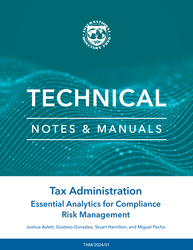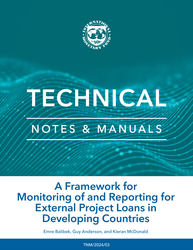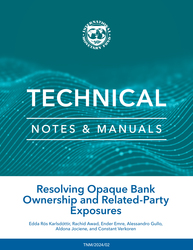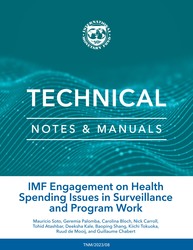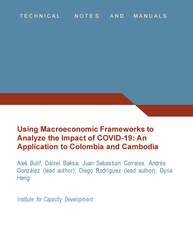
Using Macroeconomic Frameworks to Analyze the Impact of COVID-19:An Application to Colombia and Cambodia
This note uses two country cases to illustrate how macroeconomic frameworks can be used to analyze the COVID-19 shock and the associated policy responses.
READ MORE...
Volume/Issue:
Volume 2021
Issue 001
Publication date: April 2021
ISBN: 9781513571973
$0.00
Add to Cart by clicking price of the language and format you'd like to purchase
Available Languages and Formats
| English |
Prices in red indicate formats that are not yet available but are forthcoming.
Topics covered in this book
This title contains information about the following subjects.
Click on a subject if you would like to see other titles with the same subjects.
Economics- Macroeconomics , Public Finance , TNM , potential GDP , fiscal policy variable , monetary policy rate , headline inflation , labor supply shock , modeling literature strand , shock impact , case study exercise , application to Colombia , coffee simulation , impact of the COVID-19 pandemic , COVID-19 , Supply shocks , Global
Also of interest
Summary
This technical note and manual (TNM) addresses the following issues: • Evaluating the full implications from the policies adopted to mitigate the impact of the COVID-19 pandemic on the economy requires a well-developed macroeconomic framework. This note illustrates how such frameworks were used to analyze Colombia and Cambodia's shock impact at the beginning of the pandemic. • The use of macroeconomic frameworks is not to infer general policy conclusions from abstract models or empirical analysis but to help policymakers think through and articulate coherent forecasts, scenarios, and policy responses. • The two country cases illustrate how to construct a baseline scenario consistent with a COVID-19 shock within structural macroeconomic models. The scenario is built gradually to incorporate the available information, the pandemic's full effects, and the policy responses. • The results demonstrate the value of combining close attention to the data, near-term forecasting, and model-based analyses to support coherent policies.
Copyright © 2010 - 2024
Powered by:
AIDC
